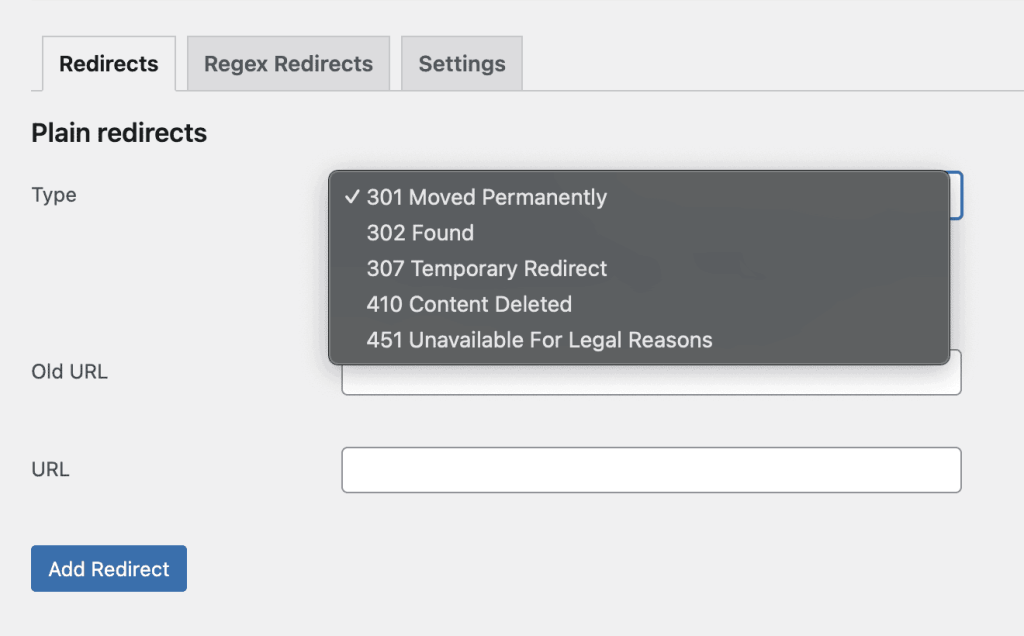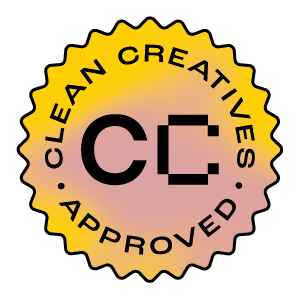Page Redirects and Website Sustainability

Make your content more usable, findable, and sustainable by incorporating page redirects and helpful error messages into your website governance strategy. This is a straightforward SEO best practice that can also improve website sustainability and make site users happier.
Findability is a term that describes how easy or difficult it is for a person to find content they are looking for, both through search engines and for those searching within a website. Often, the more findable information is, the fewer steps a person must take to meet their needs:
- Shorter customer journeys make for happier customers (who also use less energy).
- Fewer pages browsed means that fewer server requests are made.
- Similarly, fewer resources are loaded on end user devices: photos, media files, code, and so on.
One simple way to improve not only findability, but usability and sustainability as well is to reduce the number of cryptic error messages your site displays when users can’t find what they’re looking for.
Signposting users toward meaningful content through page redirects and useful messaging are essential components of a good digital governance strategy and an impactful content governance plan that supports better SEO across your website. Let’s explore how.
How Page Redirects Improve Websites
Let’s say you just completed a full redesign or a content audit on your website. If you’re not careful, these processes can undermine user experience, which you’re trying to improve by employing them in the first place, right? This happens for a few reasons:
- New URL structures as part of a redesign changed the path to existing content.
- You archived some outdated content as part of a content audit, which deleted URLs.
- Similarly, you merged several pages into a single page during your content audit.
- You changed the title of a post and your content management system automatically changed the URL.
- You’re cleaning up URLs so that they’re shorter and optimized with keywords.
Unfortunately, if you don’t put meaningful redirects and messaging in place during these situations, users get confused and your search rankings inevitably drop. That’s not great for anyone. So, what can you do?

Creating Redirects
Redirects forward one URL to a different URL. When a website URL changes for any reason, if you don’t forward the browser to a new (preferably relevant) URL, the site will produce a 404 ‘File Not Found’ error message. More on that below.
However, if you add a meaningful redirect, the outdated URL will forward to a new location. In a perfect world, the new URL is at least tangentially related to the content that no longer exists at the old URL. For a more detailed explanation of different types of redirects and what they mean, read this guide to redirection for SEO.
With so many redirection tools available, creating redirects should be easy and painless…as long as you continue to pay attention to them over time. That’s where governance comes in.
Redirect Chains
Unfortunately, if you redirect a URL too many times (i.e. more than once), it could slow down your website. Most SEO tools will flag this ‘redirect chain’ as a problem. If possible, only redirect a URL once.
Broken Links
Similarly, check for broken links on a regular basis, including internal links between pages in content clusters on your own site and outbound links leading to other sites. Correcting broken links will minimize 404 status code errors and improve SEO.
Most SEO tools have broken link checkers built into their features. Use these regularly.

404 Error Pages
404 error pages display when someone tries to access a website page that doesn’t exist. This may be because they have clicked on a broken or bad link or perhaps they typed the URL wrong. Whatever the reason, creating 404 error pages that are friendly, easy to understand, and direct users to an appropriate resource eases frustration when people can’t find what they’re looking for.
Useful 404 error pages often include search fields, links to contact forms, or other interactive elements that can help people take further action in the absence of an expected blog post, product page, or other content type.
Avoid 302 Temporary Redirects to Serve 404 Error Pages
On a technical note, avoid using 302 temporary redirects to serve up a 404 error page, as this can cause problems with how Google views and ranks the page. The correct approach is to immediately serve the 404 page.
Improving Findability
User-friendly 404 error pages and appropriate redirects improve findability by providing additional options to help people find what they need. For example, a good 404 page that includes a search field offers users an option to search for the page they’re looking for rather than sending them to a dead end.
Improving Usability
Similarly, try to maintain usability whenever possible. For example, if a page redirect sends someone to an equally relevant piece of content, it might satisfy their needs or address the question they came to your site to answer.
Even if you can’t redirect a page to another page on the same topic, at the very least send them to the same section of your website. While this isn’t an optimal user experience, at least it doesn’t produce error messages that might confuse them.
Improving Sustainability
Finally, using redirects and 404 error pages effectively is yet another way that digital marketers and web teams can work to reduce emissions from our digital products and services. Cryptic messages and confusing dead ends cause users to waste time and resources searching for answers or features to solve their problems.
This matters because the web requires a lot of electricity to run. Most of this energy still comes from fossil fuel sources that aren’t clean or renewable, which drives up emissions, especially Scope 3 emissions, which come from your digital supply chain. About three to four percent of global annual emissions are produced by the internet.
This includes emissions from data centers that house web content, network infrastructure required to transfer data, end user devices, and the embodied emissions produced in the creation, use, and disposal of hardware needed to run the web.
While a few extra clicks here and there might not seem like a big deal, when you multiply that by billions of websites and billions of people using the web every day, it all adds up. By following the suggestions above, page redirects and meaningful 404 messages become important pieces of the sustainable web design puzzle and a key sustainable SEO tactic.
Good Website Governance for Errors and Page Redirects
Simple tactics are often the easiest to forget. A broken link here, a redirect chain there…before you know it your website is sporting noticeable performance issues and search ranking drops for key pages. Plus, users are frustrated and wasting time, energy, and resources searching for answers they can’t find.
Good website, content, and digital governance practices can help you stay on top of these and other issues as they arise. We hope that this discussion of error pages and redirects helps you make your content more findable, more SEO-friendly, and a little more energy efficient. Got questions? Feel free to contact us. We’re always happy to chat.
Digital Carbon Ratings, now in Ecograder.
Understand how your website stacks up against industry carbon averages with this new feature.
Try Ecograder


